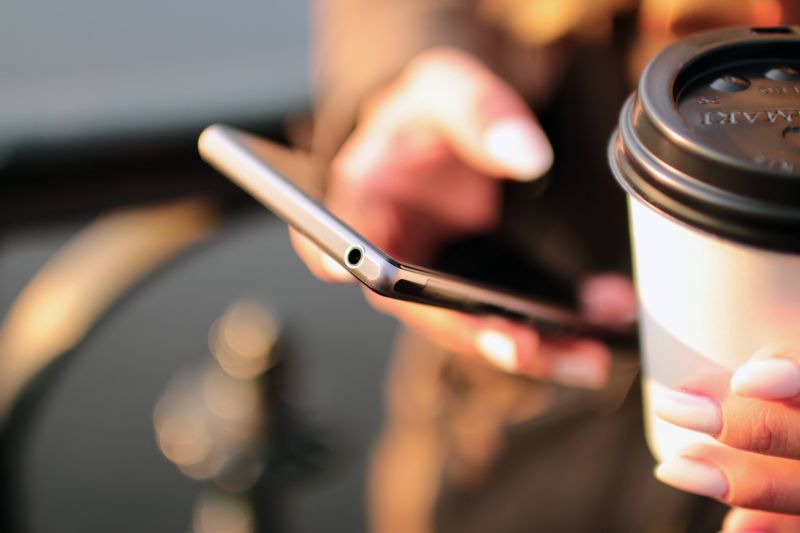Cell Phone Data Coupled with Sewage Testing Show Drug Use Patterns
Published on by Water Network Research, Official research team of The Water Network in Academic
Scientists have started monitoring drug use through sewage-based epidemiology, with the help of cell phone data.
The drugs people inhale, inject or ingest ultimately end up in some form down the toilet. So scientists have started monitoring drug use through sewage-based epidemiology.
But this approach hasn’t taken into account the variation in number of people who add to wastewater in a given area at a given time. Now one team reports in ACS’ Environmental Science & Technology a way to account for commutes and vacations: by tracking cell phone signals.

Image source: Pexel
Past attempts to monitor drug use have often involved simply asking people about their habits. But surveys might not be the most effective measure of trends as respondents are not always reliable. To try to address this uncertainty, scientists have turned to testing communities’ wastewater for various pharmaceutical and illicit substances and their metabolites.
These measurements can be coupled with local population data to estimate how many people within a given area are taking certain drugs. One of the major limitations with this method, however, is that it doesn’t count how many people are in a specific location in real time.
To address this limitation, Kevin V. Thomas, along with colleagues at the Norwegian Institute for Water Research (NIVA) and Telenor turned to cell phone signals.
By collecting anonymous cell phone data, the researchers could better estimate how many people were in a sewage catchment area in Oslo, Norway, over time. The average number changed dramatically over the course of the study, which included June and July 2016, when a lot of people go on vacation.
Even within a 24-hour period, the population could change by more than 40 percent, the researchers found. Taking into consideration these fluctuations, the researchers found that pharmaceutical use remained relatively stable. But illicit drug use rose from June to July, with use of ecstasy — also known as molly — spiking on weekends.
The results suggest that mobile data could help public health officials, law enforcement and epidemiologists better refine their understanding of drug use trends, the researchers say.
The researchers acknowledge funding from the Norwegian Institute for Water Research (NIVA).
Source: ACS
Acess study here
Media
Taxonomy
- Pharmaceuticals Waste
- Sanitation
- Sanitation & Hygiene
- Waste Management
- Water & Wastewater
- Mobile Apps
- Data & Analysis